Do you have misshapen or crooked teeth? Do you have buck teeth or misaligned teeth that affect the way you smile? Not everyone is born with the perfect set of uniform teeth, but all of us can achieve the perfect set of teeth with orthodontics. Please continue reading or call our dental office to find out what you can do to see a straighter smile with orthodontics in Clute.
What Is Orthodontics?

Orthodontics is a branch of dentistry that deals with the position of teeth and jaws. If you have misshapen, crooked, or misaligned teeth, orthodontics consists of many treatments and procedures that can align your teeth again. While most people don’t consider crooked teeth to be a problem, they can lead to several oral health issues. In addition to simply looking bad, it makes it harder to clean teeth, puts extra pressure on the chewing muscles, and increases your risk of gum disease and tooth decay.
Who Needs Orthodontic Treatment?

If you believe you need orthodontic treatment, you should contact your dentist or orthodontist. After examining your mouth, they’ll determine if you’re actually a suitable fit for orthodontic treatment. The diagnosis will be done through a clinical exam, special X-rays, photographs, and other tests.
Generally speaking, orthodontics is recommended for people suffering from one of the following issues:
-
Overbite/Buck Teeth: The upper teeth lie too far ahead of the lower teeth.
-
Underbite: The lower teeth lie too far ahead of the upper teeth.
-
Crossbite: The upper teeth don’t come down in front of the lower teeth while biting, as is normally the case.
-
Open Bite: When the back teeth are biting, there’s a space created between the front teeth or the side teeth.
-
Misplaced Midline: Misalignment of the upper and lower teeth — which can be seen if the centers of the upper teeth and lower teeth don’t match.
-
Spacing: There are spaces between certain teeth either due to missing teeth or poor spacing.
-
Crowding: Too many teeth inside the mouth, which leads to crooked teeth.
Traditional Braces
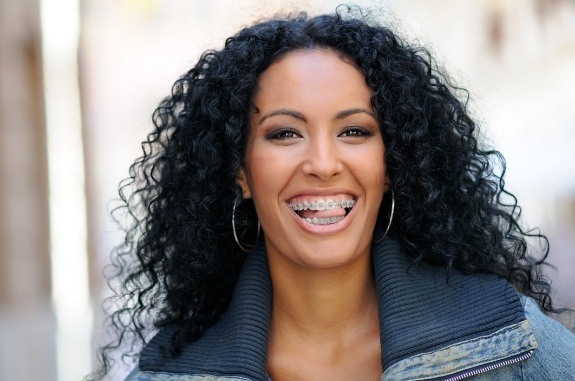
These are wires and brackets fixed around the teeth or bonded to the teeth. These brackets consist of bands, and archwires are passed through them. As such, by tightening the archwire, you can apply pressure on the teeth to move them in the desired direction. Over time, as your teeth continue moving, your braces have to be adjusted so they continue applying pressure until your teeth return to their original position.
Invisalign Clear Aligners

These perform the same function as braces but they’re virtually invisible, a lot more effective, and can be removed when necessary. These appliances are designed specifically for your teeth, and they push your teeth towards the desired position without the use of wires or brackets. You can remove them while eating. You should, however, wear invisible aligners for at least 23 hours a day.
Learn More About Invisalign
Other Orthodontic Treatments

There are several different types of appliance orthodontics — some of them are fixed and some are removable. These orthodontic appliances apply pressure on the teeth and jaws to position them correctly.
Special Fixed Appliances
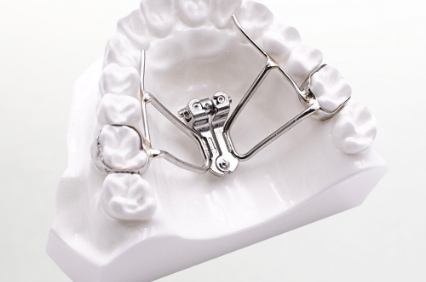
These are appliances attached to the teeth using bands — they cause great discomfort, especially while eating.
Space Maintainers
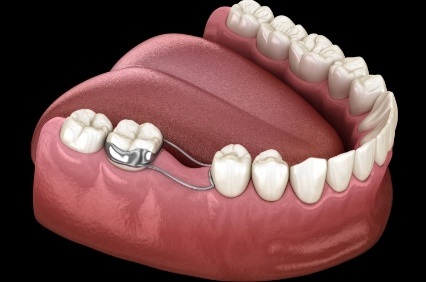
These are orthodontic appliances used to maintain the space between the teeth when your kid loses a baby tooth, and the permanent tooth hasn’t yet come out.
Jaw Repositioning Devices/Splints
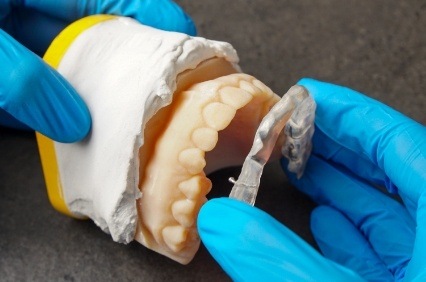
These devices are used to treat temporomandibular joint disorders (TMJ). They’re placed on the upper or lower jaw to help them move in the desired direction.
Palatal Expander
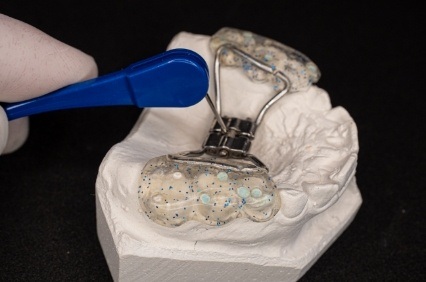
This is a device attached to the roof of the mouth to apply external pressure using screws and widen the arch of the upper jaws, which opens up the palatal area.
Orthodontic Headgear
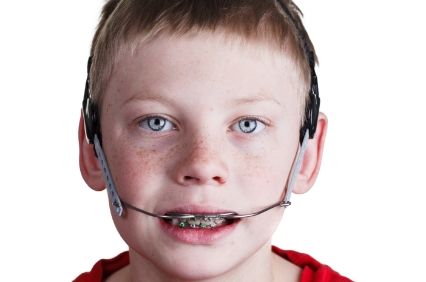
This is a device that helps pull the front teeth back to prevent them from sticking out too much.
Orthodontics FAQs
Is it safe to get braces while having cavities?
What is it like having an open bite and then getting braces?
What is the difference between an orthodontist and a dentist?
Why are braces put on upper teeth first?
Ideally, you should get your braces after filling the cavities. But, in some cases, people also get cavities after getting their braces. As such, it’s also safe to fill the cavities after getting braces.
As with all other cases, the braces will push your teeth so that there’s no gap between your front teeth when the back teeth are biting. It will apply pressure to restore your teeth to the correct position. However, the experience may be uncomfortable.
Both dentists and orthodontists can deal with your tooth alignment. However, dentistry is a broader field that deals with the teeth, gums, jaws, and overall oral health. Orthodontists, in comparison, only deal with the teeth to ensure that they’re correctly spaced.
Braces aren’t always — but mostly — put on the upper teeth first. The following are some of the reasons why braces are put on upper teeth first:
-
The upper teeth are larger and take more time to move, so braces may be put on them earlier.
-
The upper braces are a lot stronger and remain on the teeth, whereas the lower braces can often come off and lead to discomfort.
-
Sometimes, correction of upper teeth is necessary before braces can be put on your lower teeth.












